It sounds like something out of a fantasy novel, but trees really do “talk” to each other, and not just in poetic metaphors.

Beneath the surface of the forest floor, there’s an entire hidden network helping trees pass messages, share resources, and even warn each other about danger. Scientists sometimes call it the “wood wide web,” and once you know it exists, a quiet woodland walk might never feel the same again.
Tree communication isn’t about whispers on the wind or rustling leaves with secret codes. It’s mostly chemical, electrical, and fungal. Yep—fungi are the unlikely middlemen here. Specifically, mycorrhizal fungi form partnerships with tree roots and act like underground cables, linking entire forests together. Through this network, trees can “chat,” support each other, and sometimes even get a bit competitive.
They send messages through fungal networks.
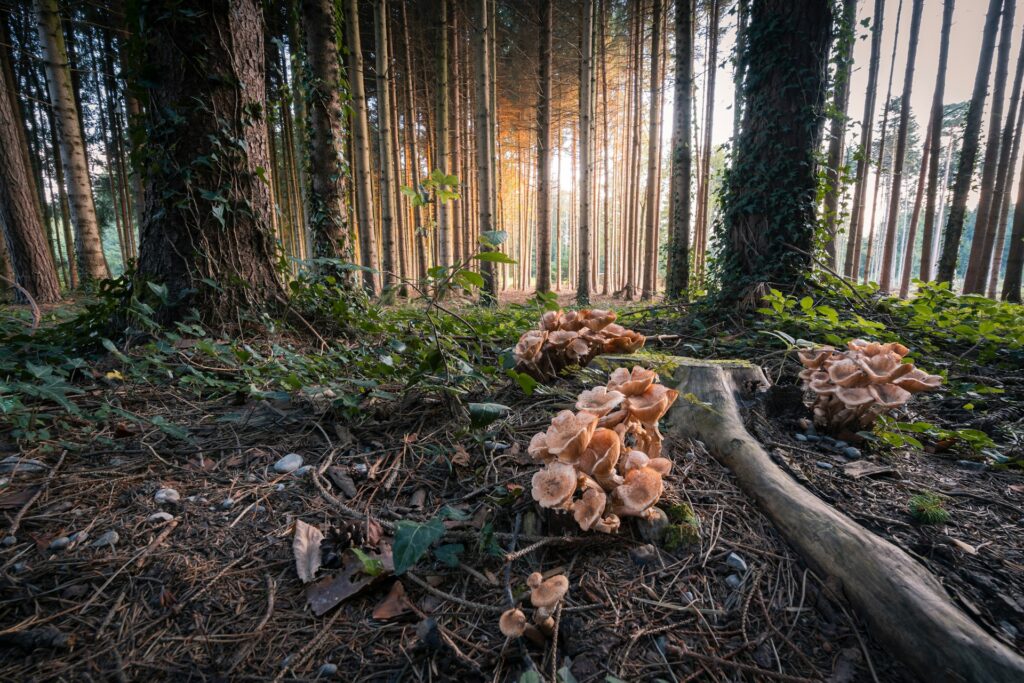
Most tree roots are wrapped up in a relationship with mycorrhizal fungi. These fungi help trees absorb water and nutrients more efficiently, and in return, they get access to the sugars the tree produces. But the fungi also connect different trees together underground, forming a network that allows chemical signals to pass between them.
So when one tree is under attack—say, by insects—it can send a distress signal through this network. Nearby trees can receive the warning and ramp up their own defences, like releasing bitter chemicals that make their leaves less appealing to bugs. It’s not just fascinating science—it’s community-level survival.
Trees share resources, not just warnings.
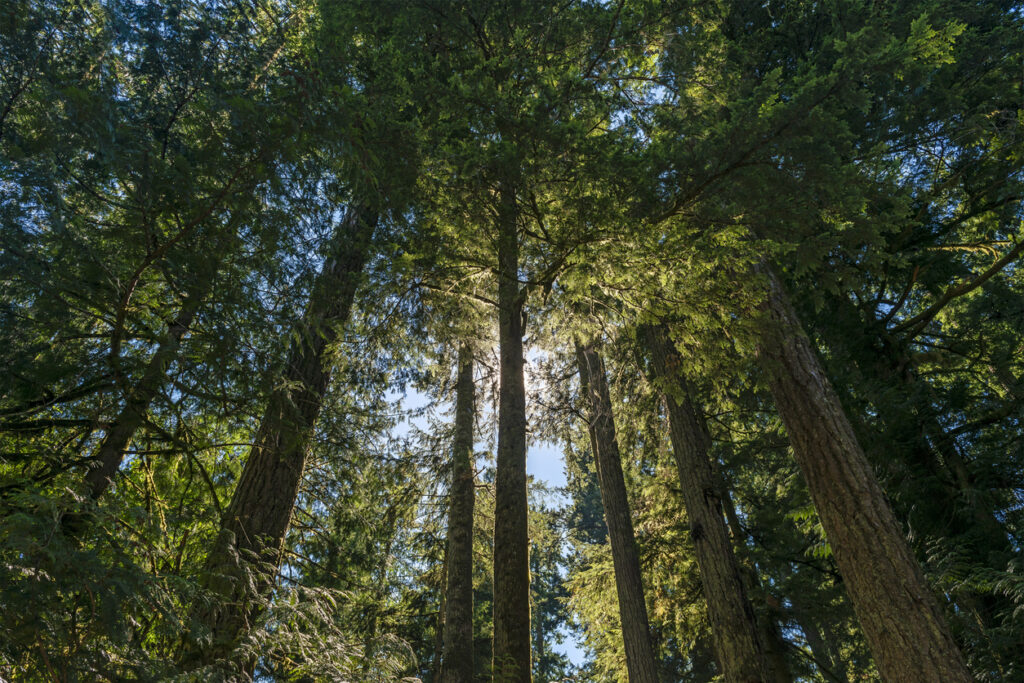
Communication between trees isn’t all doom and gloom. Sometimes, they share food. Older, larger trees—often referred to as “mother trees”—have been observed sending extra nutrients to younger or weaker trees nearby. It’s a kind of forest welfare system that keeps the ecosystem more stable as a whole.
These nutrient transfers happen through the same underground fungal networks. Trees in the shade, struggling for light, might receive a sugar boost from a neighbouring tree that’s doing better. It’s surprisingly generous for a bunch of plants that aren’t supposed to have social instincts.
They also use the air to talk.
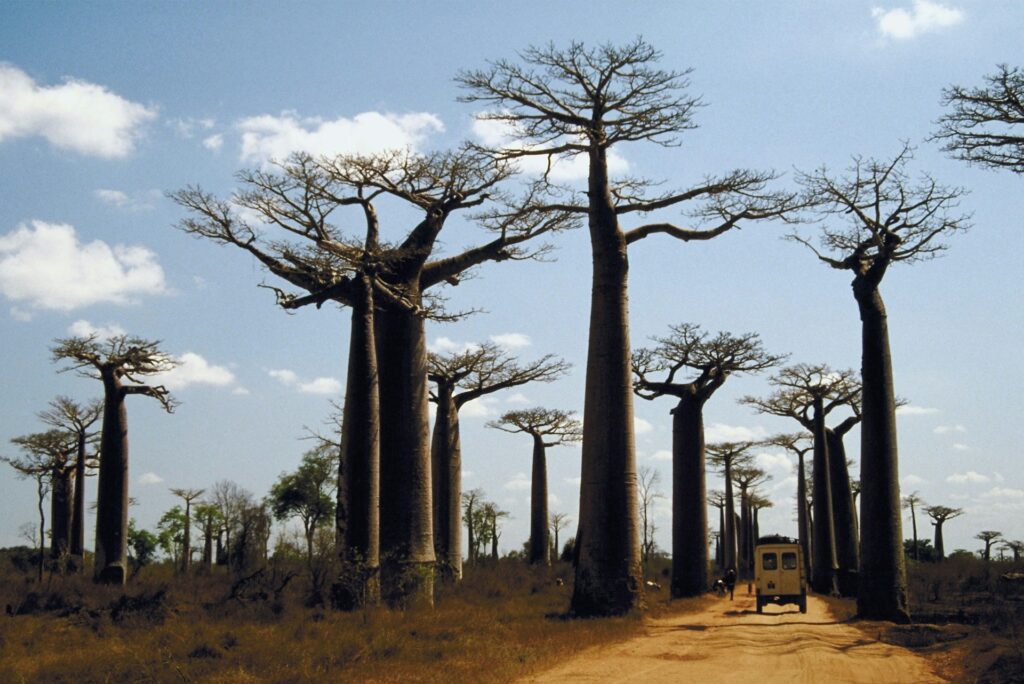
Not all tree communication is underground. Some trees can send chemical messages through the air. When attacked by pests, they release volatile organic compounds (VOCs) into the wind. These can alert other nearby trees to start producing defence chemicals—basically putting the neighbourhood on high alert.
Interestingly, some insects pick up on these VOCs too. Certain parasitic wasps, for example, will use these chemical warnings to track down the bugs attacking the tree. So it’s not just a tree-to-tree alert system—it can sometimes recruit reinforcements from the animal kingdom.
Tree friendships are more common than you’d think.
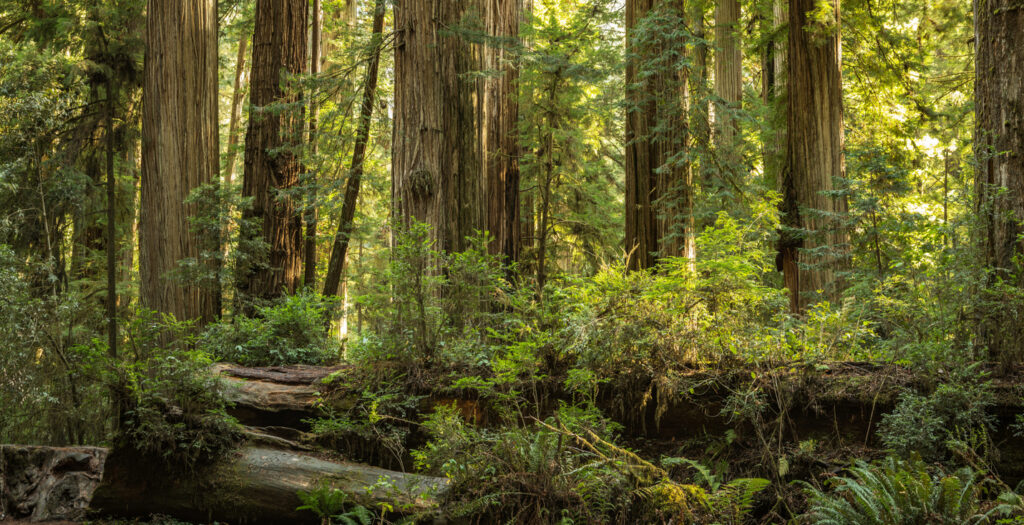
In mixed forests, trees often form partnerships with others of the same species. They might prioritise sharing nutrients or warnings with their “kin,” showing a form of selective cooperation that looks a lot like loyalty. Some researchers even suggest they can “recognise” which trees are related.
Of course, they’re not doing this consciously—it’s a result of how their chemical and root systems work. But it does mean that trees are more than just passive plants growing side by side. They’re part of a web of connections that’s far more alive and interactive than most people realise.
Competition still exists.
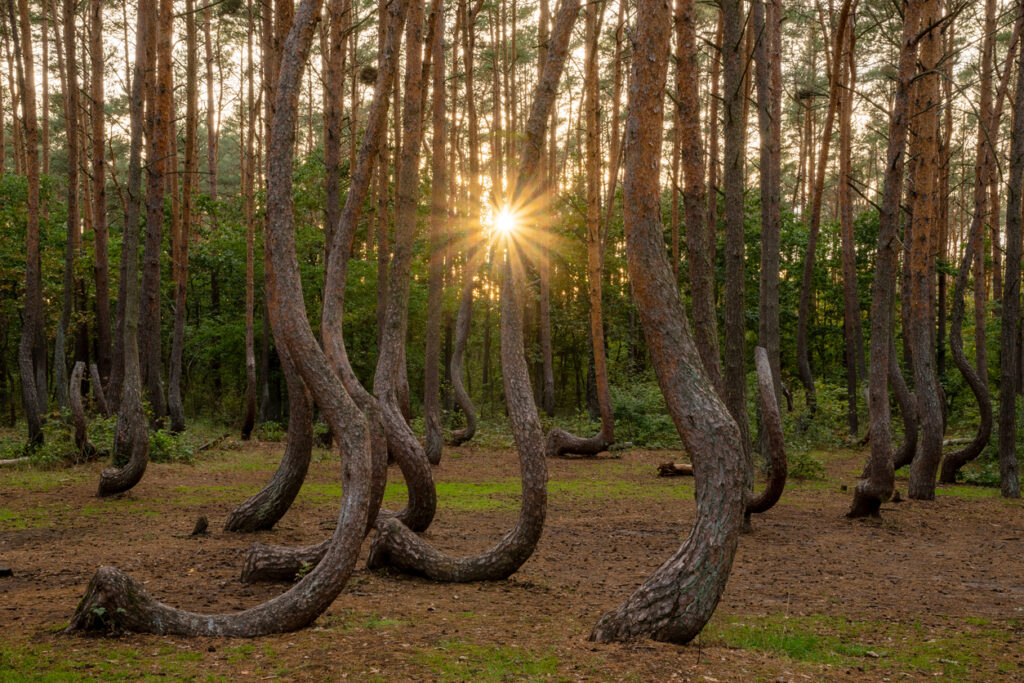
While trees can be surprisingly supportive of one another, they also compete. In some cases, stronger trees might monopolise resources and limit what others around them can access—especially in dense forests where sunlight, space, and nutrients are limited.
This push-and-pull between cooperation and competition helps maintain balance in ecosystems. It’s not all fairy-tale harmony, but it is a complex and finely tuned system. Even when trees “compete,” it’s usually in a way that supports the survival of the forest as a whole, rather than destroying everything around them.
Logging and climate change can break these networks.
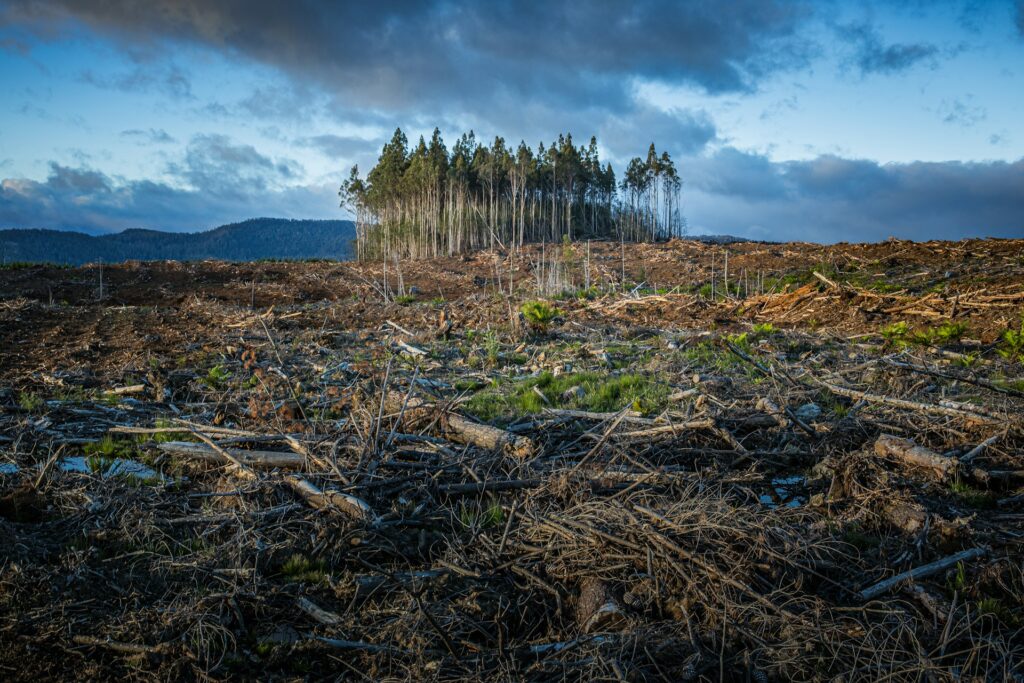
When large trees are removed or forests are fragmented by development, the underground networks can be damaged or destroyed. That doesn’t just affect the trees that are cut down—it can also isolate remaining trees, especially younger ones that relied on a mother tree’s support.
Climate change adds another layer of stress. Drought, extreme heat, and changing weather patterns disrupt the timing and effectiveness of tree communication. The “wood wide web” is powerful, but it’s also fragile. When the forest’s balance is thrown off, the quiet conversations between trees start to break down.
We’re only just beginning to understand it.

This field of study is still relatively young. Scientists are constantly uncovering new layers of how trees and fungi interact, and how deeply interconnected forests really are. The more we learn, the more it challenges the idea that trees are just background scenery.
What we do know is this: forests aren’t just collections of individual trees. They’re networks, communities, and ecosystems where survival often depends on silent cooperation. It might not be communication the way we’re used to, but it’s real—and it’s incredibly important.